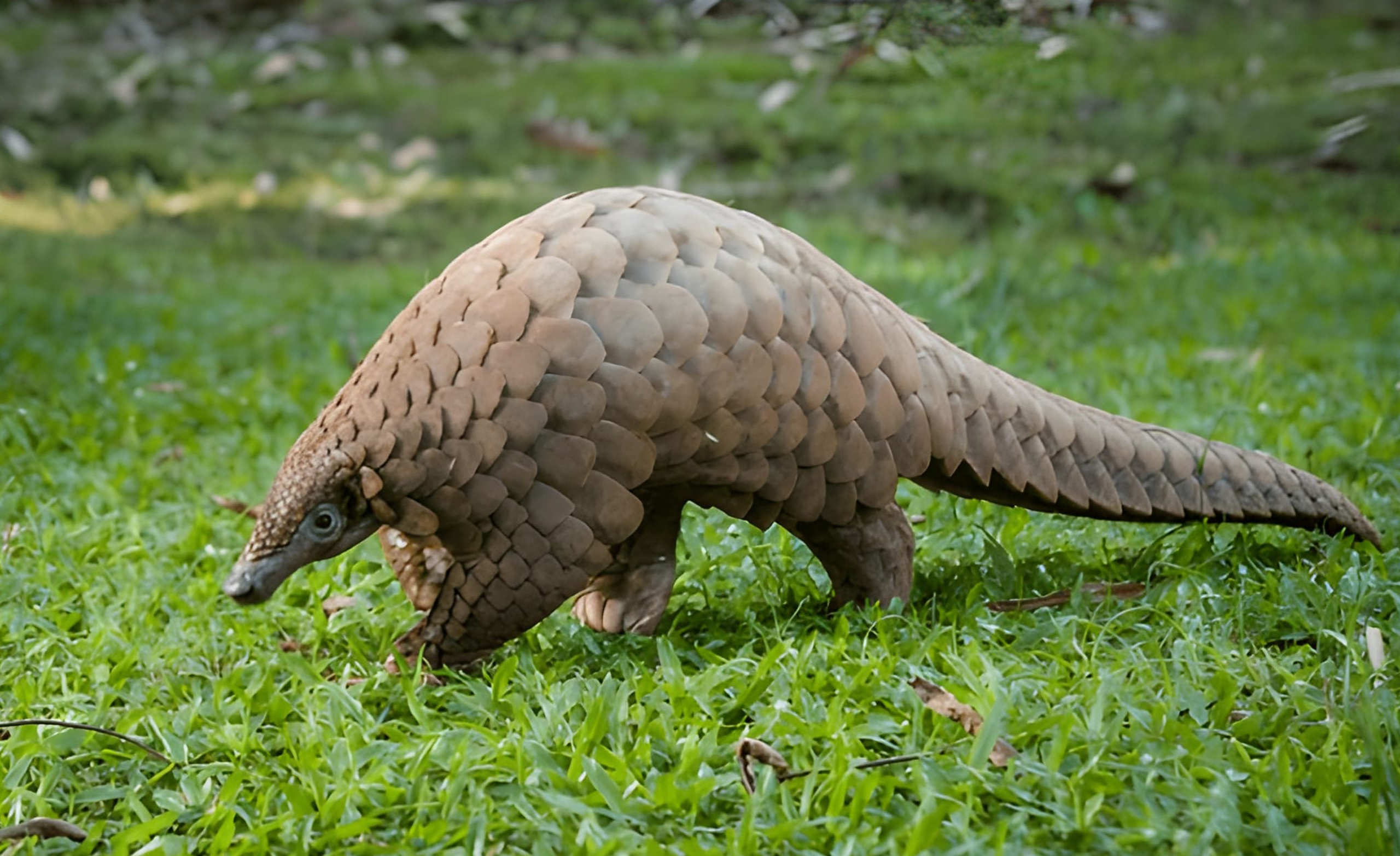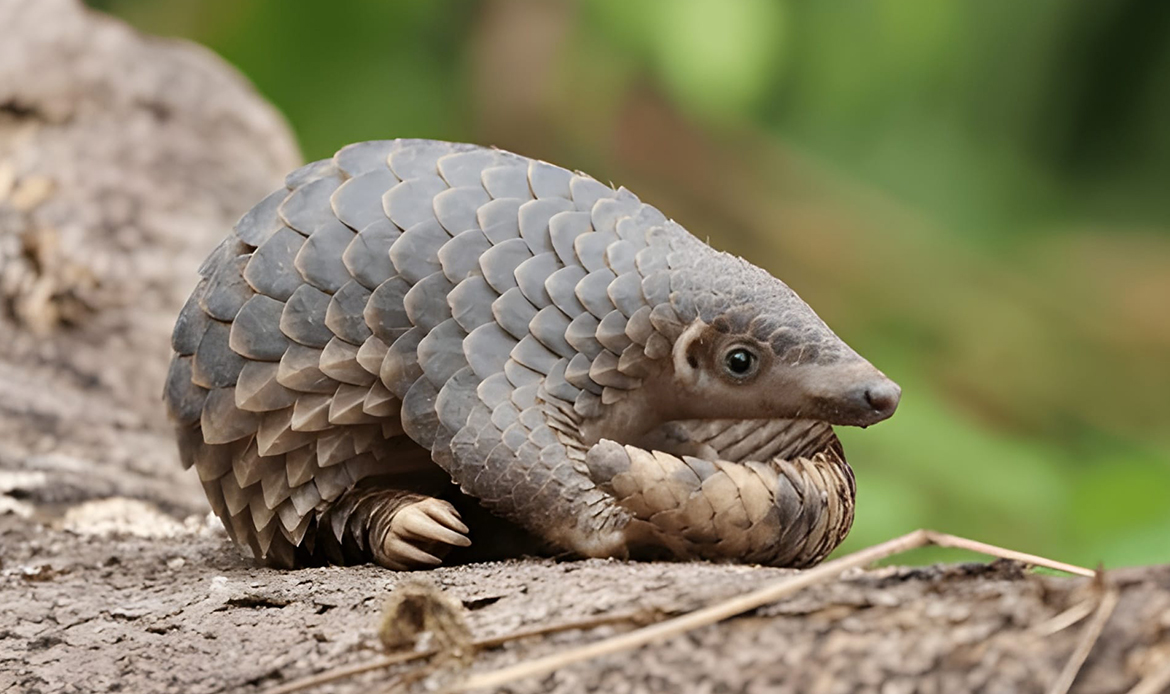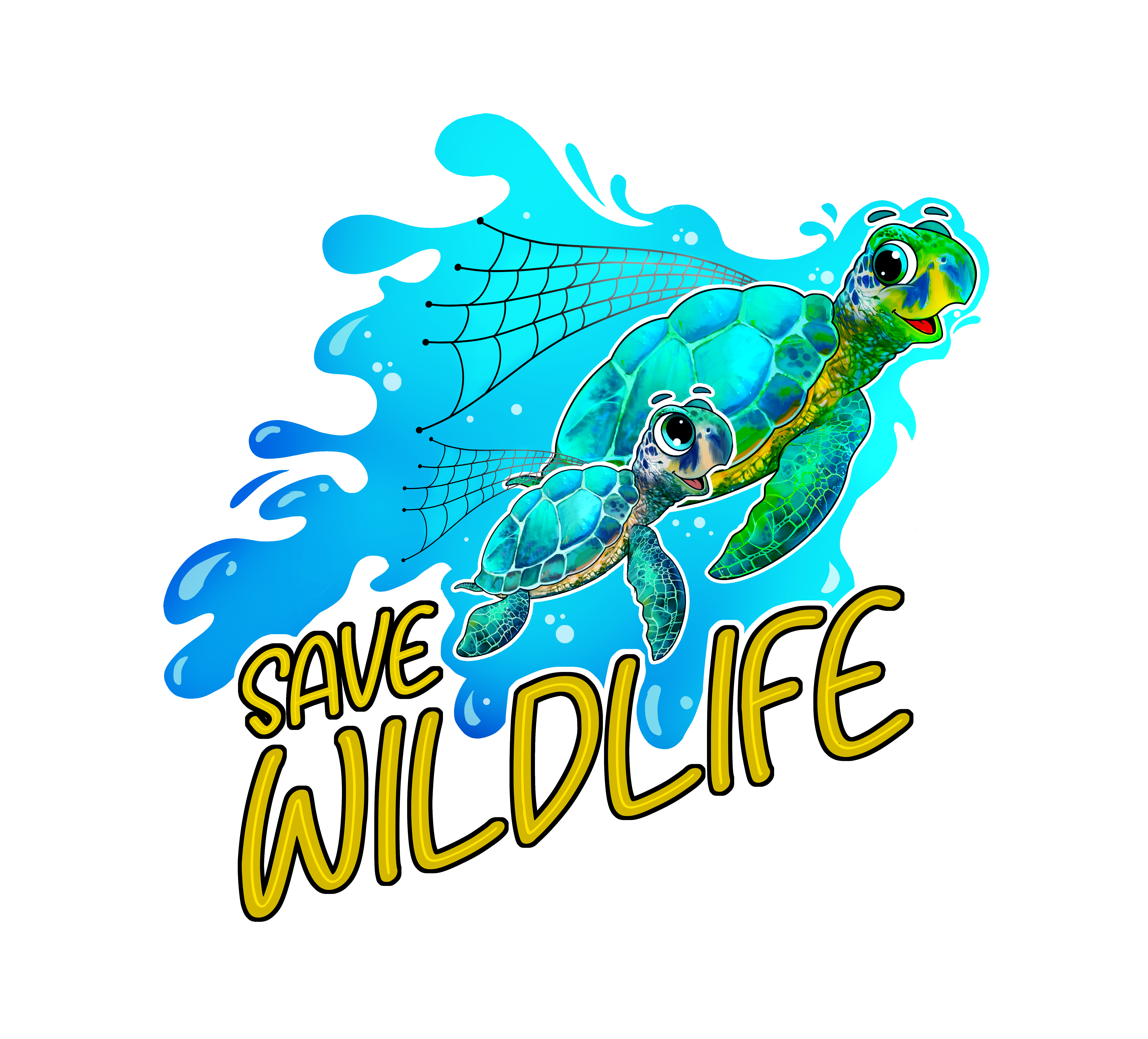
Endangered Animals 2025: Will the Pangolin Survive the Odds?
The Pangolin is one of the rarest animals on the planet, but it’s also one of the most endangered. These armored mammals (also more commonly known as “scaly anteaters”) are facing life-threatening circumstances that make them one of the more prominent endangered animals 2025. In order to help save wildlife, like the pangolin, we need to learn about the issues the pangolin faces, raise awareness to save endangered animals, and have the courage to take action to protect wildlife before it’s too late.
Table of Contents
The Fascinating World of Pangolins
Pangolins are incredible animals—interesting in both their appearance and behavior. Pangolins are protected with strong keratin scales that are a completely unique natural form of protection in mammals, and when threatened, scale-covered pangolins will roll into a ball and use their scales for protection against predators.
Pangolins inhabit areas throughout Africa and Asia, are nocturnal, and are solitary foragers, usually foraging alone for ants and termites. Based on their diet, they have developed specialized characteristics to use to their benefit; pangolins have long, sticky tongues to gather insects. The significance of the pangolin is their role in maintaining insect populations (pest control) in their ecosystems.
Despite their role in maintaining balance and function in their ecosystems, pangolins, like other animals in our world, are highly at risk. Pangolins only have one pup, do not often reproduce, and have low populations that do not recover well from threats. Understanding the unique role of animals like pangolins is critical for all animal extinction awareness. If we understand the important role of the pangolins in maintaining our ecosystems, we can save endangered animals globally before it is too late.
Why Pangolins Are in Danger?
One of the most significant threats to pangolins is poaching. They are highly sought after for their scales, which are prized in traditional medicine, and in some areas, their meat is seen as an exotic delicacy. Because of the illegal wildlife trade, pangolins are now the most heavily trafficked mammals in the entire world.
Another significant threat to pangolins is habitat destruction. The deforestation and expansion of human activities have immensely decreased their habitat, meaning pangolins are now limited in places to hunt and for breeding. If nothing is done to combat these threats, the extinction of pangolins will be more imminent than it is now.
Now is a significant time to protect wildlife, especially for the pangolin, because conservationists would like to shed light on the plight of the pangolin to increase animal extinction awareness and engage communities and the general public in efforts to save this amazing species.
The Role of Pangolins in Ecosystems
Pangolins have an important role in preserving the balance of ecosystems on the planet. By consuming ants and termites, pangolins aid in the reclamation of insect populations that can be harmful to plants and crops. Furthermore, the burrowing action of pangolins can be a form of soil aeration that provides a healthier living space for other species.
When we lose an umbrella species – like the pangolin – we create catastrophes within the ecosystem simply due to other species’ adaptations. Overpopulation of ants and termites – the pangolin’s food – would lead to vegetation destruction, which then leads to loss of habitat for other animal species. This is why the pangolin’s conservation is tied to efforts aimed to help save wildlife as well as save natural ecosystems for the enjoyment of ourselves or future generations.

How Are Endangered Animals 2025 Linked?
The pangolin joins a list of endangered animals 2025 heading towards extinction that are experiencing threats from human actions. Similarly, to the vaquita in our oceans and the Amur leopard that roam the forests of East Asia, pangolins endure similar threats: poaching, habitat destruction, and climate change.
As we study pangolins and detail their plight, we provide a baseline of awareness to study flat-bottomed and extinct animals. The awareness to save endangered animals is important because it reflects how interconnected all our life forms are on Earth. By protecting one animal, we often are protecting many others, therefore strengthening a more vital and more durable environment.
Practical Steps to Help Save Wildlife
While this sounds very bleak, there are many ways individuals and communities can truly take action to make a difference:
- Support conservation initiatives: There are many nonprofits focused on rescuing and protecting pangolins, and by supporting those organizations, you are directly supporting their work, including funding anti-poaching patrolling and restoring habitats.
- Share stories: Sharing stories about pangolins helps raise animal extinction awareness and will encourage more people to care and act.
- Be an advocate for sustainability: Decrease consumption of products that are contributing to deforestation and/or wildlife trafficking as a way to protect wildlife naturally.
- Advocate for better laws: Our governments have an important role in regulating wildlife trafficking and protecting critical habitat for endangered animals 2025 in their country.
- Volunteer locally: You may not be near a pangolin population, but your local conservation efforts are contributing to a growing movement to save endangered animals internationally.
For any small action people take, the sum of these actions can lead to a greater action that can help ensure pangolins will survive for generations.
What Makes Pangolins Special?
Pangolins are sometimes referred to as the “forgotten mammals” because they are much less well-known than elephants or tigers. However, with their armored scales, sticky tongues, and habits as nocturnal animals, they illustrate some of the most bizarre creatures on earth.
If we can better understand their story, we will reinforce why we need to help save wildlife. This also helps highlight that conservation often goes beyond one species; it takes into account the delicacy of how to protect wildlife on Earth. Focusing on pangolins can be a great way to build a larger cause for raising animal extinction awareness throughout the world.
Last Words of Encouragement
Pangolins are remarkable animals that merit our awareness and protection. Even though their survival is threatened, gathering more understanding and taking action provides us with optimism for the future. If we help to understand the story of pangolins, raise animal extinction awareness, and take action to help save wildlife, then there is a chance for pangolins and other endangered animals 2025 to be on our planet.
Any actions we take – funding conservation projects, advocating for laws, or telling stories about pangolins – would support the vision and hope for a future where wildlife exists and is celebrated. Let the survival of the pangolin be your reason to act and to protect wildlife now – before it is too late!
FAQ Section
Q1: What makes pangolins an endangered species?
Pangolins have been classified as an endangered species chiefly for reasons of poaching of their scales and meat, and habitat destruction. They are one of the first endangered species listed as endangered animals 2025, which indicates that they need priority protection.
Q2: How important are pangolins to ecosystems?
Pangolins help manage insect populations and help build soil health when they burrow. Schutz pangolins are essential to protect wildlife and ecological balance.
Q3: What is being done to help save wildlife like pangolins?
Conservation groups are working to end poaching, restore wildlife habitat and raise animal extinction awareness to get people to take action.
Q4: Do individuals make a difference for wildlife like pangolins?
Yes, by supporting non-profits, reducing demand for wildlife products and sharing pangolin’s stories with others, anyone can make a difference to save endangered animals.
Q5: Which other endangered animals 2025 face similar threats?
The vaquita, Amur leopard and Shoebill Stork face similar risks from poaching, habitat destruction and climate change. Animal extinction awareness is a way to figure out which endangered animals are under similar threats.
